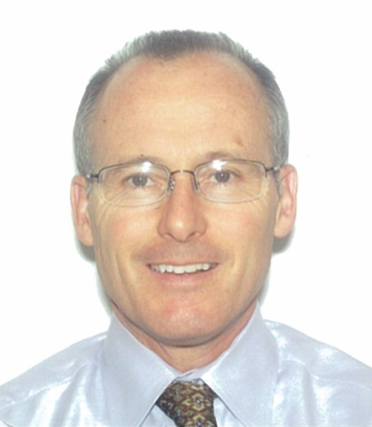报告题目:Electro-bio-fabrication: A platform Technology to High Performance Soft Matter
报告人:Professor Gregory F. Payne
邀请人:王小慧教授
报告时间:2023年12月20日20:00-22:00
会议链接:https://umd.zoom.us/j/3983931492?omn=91071359014 Meeting( ID:398 393 1492)
欢迎广大师生踊跃参加!
制浆造纸工程国家重点实验室
轻工科学与工程学院
2023年12月20日
报告人简介:

Greg Payne did his B.S./M.S/PhD and postdoctoral training at Cornell University and The University of Michigan. He is currently a Professor at the University of Maryland. His group does research at the intersection of materials science, biology and information sciences, and he was Principal Investigator of a prestigious Materials Genome Initiative project awarded by the National Science Foundation with the aim of understanding how to integrate biology and electronics. This work is especially focused on understanding the role of redox (reduction-oxidation reactions) as a modality for biological communication and as a means to span bio-device communication. His work is internationally recognized by invitations to be keynote speaker at several scientific conferences and he currently holds Guest or Chair Professor positions at several universities around the world.
报告摘要:
Vision. Electrochemistry provides unique opportunities to couple top-down with bottom-up fabrication methods for the purpose of creating hydrogels with complex microstructures and bio-relevant functionalities. We envision the coupling of electrochemistry with modern biological methods to enable a new additive manufacturing approach applicable to large-scale manufacturing yet simple and safe enough to be employed in publicly-available maker spaces.
Electrochemistry as a “Signal-Generator” to Cue the Emergence of Structure and Function. Electrical inputs imposed at an electrode can result in the “transmission” of both electrical and chemical “signals” that can cue the emergence of hydrogels with controlled microstructures and tailored functional properties.
Biology as a Source of Materials and Mechanisms for Electro-assembly. Typically, biology achieves its immense morphological diversity using a small set of polymers (e.g., collagen, cellulose and chitin) that possess internal structural information for self-assembly. Several stimuli-responsive biopolymers can be cued by electrochemical inputs to reversibly self-assemble into organized and reconfigurable supramolecular structures. In addition to using reversible mechanisms for assembly, biology also uses oxidative mechanisms to induce crosslinking and functionalization, and these mechanisms can be mimicked electrochemically to fabricate functional material systems.
Fabrication Examples. We illustrate the potential of electro-bio-fabrication for creating redox-active materials for applications in energy storage, biosensing, biotechnology and biomaterials.